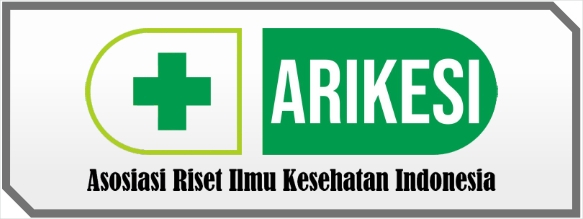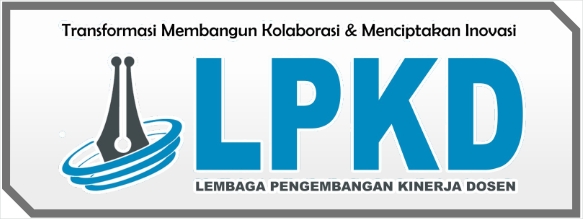UJI AKTIVITAS ANTI BAKTERI EKSTRAK KUNYIT TERHADAP PERTUMBUHAN Streptococcus mutans
DOI:
https://doi.org/10.55606/klinik.v2i1.779Kata Kunci:
Turmeric, Antibacterial, Streptococcus mutansAbstrak
The balance between bacteria and components of the mouth cavity must must be maintained in order to remain healthy and no damage such as dental caries. Streptococcus mutans as the main cause of bacteria dental caries, that functioned in the process of carbohydrate fermentation so as to produce acids that eventually cause tooth demineralization. One of the medicinal plants commonly used by the public is turmeric. Turmeric has active compounds can inhibit the growth of bacteria. Methods: Type of research True Experimental Laboratories with research design Post Test Only Control Group Design. This research used turmeric extract concentration 100%, 50%, 25%, 12,5%, 6,25%, 3,12%, 1,56%, 0,78%. The extract is created using maseration method, diluting series with dilution method, calculating MIC and MBC. Results: Test Saphiro Wilk and Levene test showed the value of p> 0.05 shows that the normal distribution of data. One Way Anova test results showed that p <0,05 showed that there was a significant difference overall. LSD test results there is a significant difference between the study groups. Conclusion: Turmeric extract (Curcuma domestica) has antibacterial power on growth of Streotococcus mutans bacteria at 3.12% MIC and 6.25% MBC.
Referensi
2. Andries, Juvensius R. Paulina N. Gunawan. Aurelia Supit. 2014. “Uji Efek Anti Bakteri Ekstrak Bunga Cengkeh Terhadap Bakteri Streptococcus mutans Secara In Vitro”. Jurnal e-GiGi (eG). Volume 2. Nomer 2.
3. Asmawati, Ramadhan, E.S., Hamsar, A., Asnita, R. 2017. “Efektifitas Berkumur Dengan Larutan Air Perasan Jeruk Nipis (Citrus aurantifolia) Terhadap Indeks Plak Pada Siswa/i MTS Negeri Stabat Kec. Wampu Kab. Langkat Sumatera Utara”. Jurnal Kesehatan Gigi. Vol. 04. No.2.
4. Yassir, M., Asnah. 2018. “Pemanfaatan Jenis Tumbuhan Obat Tradisional Di Desa Batu Hamparan Kabupaten Aceh Tenggara”. Jurnal Biotik. Vol 6, No. 1. Hal 17-34.
5. Pangemanan, andrew, Fatimawali, Foba Budiarso. 2016. “Uji daya hambat ekstrak rimpang kunyit (Curcuma longa) terhadap pertumbuhan bakteri Staphylococcus aureus dan Pseudomonas sp”. Journal e-biomedik. 4 (1)
6. Salamah, Nina. 2013. “Standarisasi Parameter Non Spesifik Dan Perbandingan Kadar Kurkumin Ekstrak Etanol Dan Ekstrak Terpurifikasi Rimpang Kunyit”. Jurnal Ilmiah Kefarmasian. Fakultas Farmasi Universitas Ahmad Dahlan : Yogyakarta. 3(1): 21-30
7. Fachry, A.R., Busni, F,M., Farhan. 2013. “Ekstraksi Senyawa Kurkuminoid Dari Kunyit (Curcuma Longa Linn) Sebagai Zat Pewarna Kuning Pada Proses Pembuatan Cat”. FakultasTeknik Universitas Sriwijaya : Palembang. Jurnal Teknik Kimia. Nomer 3. Volume 19.
8. Soelama, Heryudi, J. J. 2015. “Uji Minimum Inhibitory Concentration (MIC) Ekstrak Rumput Laut (Eucheumacottonii) Sebagai Antibakteri Terhadap Streptococcus mutans”. Jurnal e-GiGi (eG).3(2).p: 374-379
9. Ajizah, A. 2004. “Sensitivitas Salmonella typhimurium terhadap Ekstrak Daun Psidium guajava L. Bioscientiae 1(1).p: 31-38
10. Juliantina., Farida R. 2009. “Manfaat Sirih (Piper crocatum) sebagai Agen Anti Bakterial terhadap Gram Positif dan Gram Negatif”. Jurnal Kedokteran dan Kesehatan Indonesia. 1;(1) p: 5


















